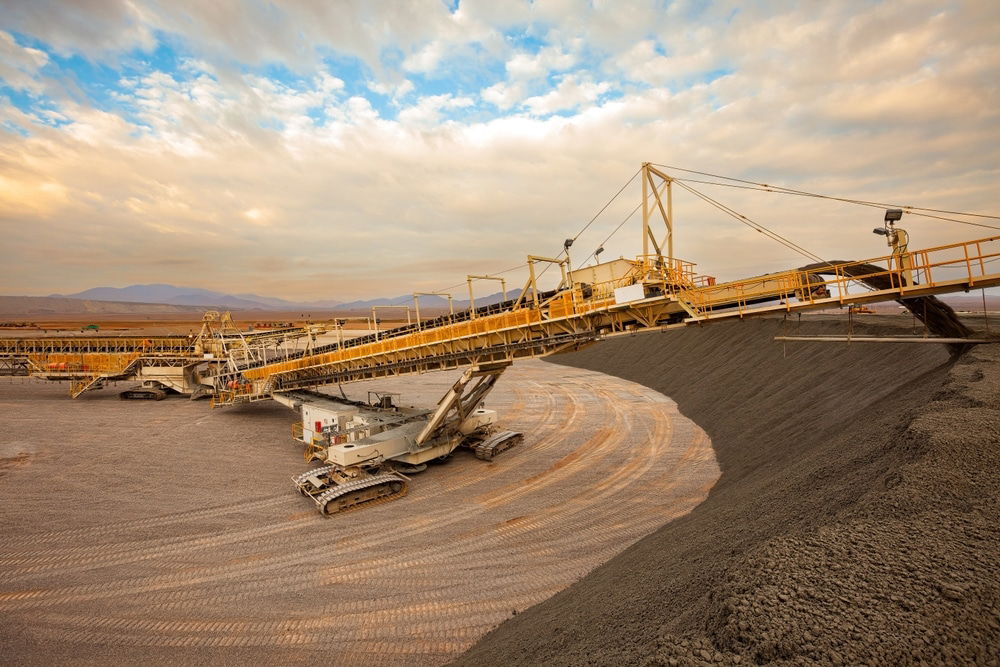
Introduction
Introduce the rapid advancements in technology and how they are influencing various industries, including environmental sustainability.
Mention how carbon reporting has evolved with technology.
The Evolution of Carbon Reporting Technology
Discuss the traditional methods of carbon reporting and their limitations.
Introduce modern tools and software that have revolutionized the process.
Key Technologies Driving Carbon Reporting
Highlight specific technologies that are making a significant impact:
AI and Machine Learning: For predictive analytics and identifying patterns in emissions data.
Blockchain: Ensuring transparency and accuracy in carbon reporting.
IoT (Internet of Things): Real-time data collection from various sources.
Cloud Computing: Centralized data storage and processing for more efficient reporting.
Benefits of Tech-Driven Carbon Reporting
Explain the advantages of using technology in carbon reporting, such as improved accuracy, efficiency, and scalability.
Discuss how these technologies can help businesses make more informed decisions and enhance their sustainability efforts.
Future Trends in Carbon Reporting Technology
Predict future developments in carbon reporting technology, such as the integration of more advanced AI and real-time monitoring systems.
Consider the potential impact of these trends on the industry and global sustainability efforts.
Conclusion
Summarize the positive impact of technology on carbon reporting and encourage businesses to adopt these innovations to stay ahead in their sustainability goals.
